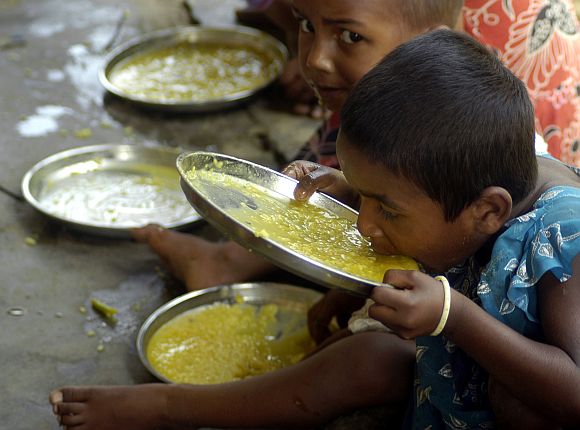For BPL, effect of illness:
o
Threat to their earning capacity
o
Expenditure on treatment can push family
into debt trap
o
They may have to sell house, cut the
expenditure on education
o
May loose the wage for being absent
o
Savings can be wiped out
Health
insurance is remedy to their all problems. Govt. has launched the scheme of
health insurance for poor people. This is not a new Idea, govt. earlier too had
many health insurance schemes but none
of them could achieve the intended objectives. Govt. learnt from the failures
and now has launched a this scheme-RSBY.
What is RSBY?
Ø RSBY
has been launched by Ministry of Labour and Employment, Government of India to
provide health insurance coverage for Below Poverty Line (BPL) families.
Ø The
objective of RSBY is to provide protection to BPL households from financial
liabilities arising out of health shocks that involve hospitalization.
Ø Beneficiaries
under RSBY are entitled to hospitalization coverage up to Rs. 30,000/- for most
of the diseases that require hospitalization.
Ø Government
has even fixed the package rates for the hospitals for a large number of
interventions.
Ø Pre-existing
conditions are covered from day one and there is no age limit.
Ø Coverage
extends to five members of the family which includes the head of household,
spouse and up to three dependents.
Ø Beneficiaries
need to pay only Rs. 30/- as registration fee while Central and State
Government pays the premium (Ratio 75:25 and For North East & JK 90:10) to
the insurer selected by the State Government on the basis of a competitive
bidding.
Unique Features of RSBY:
Ø Empowering
the beneficiary: Provides freedom of choice between public and private
hospitals and make them a potential clients
Ø Business
Model for all Stakeholders- incentive for all stakeholders
Ø Intermediaries-
NGOs, MFIs also being paid for their services
Ø Govt.-
by paying only Rs. 750/- per family per year, the govt. able to provide access
to quality health care to the BPL.
Ø It
will increase the competition between public and private hospitals , hence the
functioning will improve.
Ø Use
of Information Technology: Biometric enabled smart card containing their finger
prints and photographs. All hospitals are IT enabled and connected to the
server at the district level. This will ensure the smooth data flow regarding
service utilization periodically.
Ø Safe
and Foolproof- the use of biometric enabled smart card and key management
system ensure that the card reaches the correct beneficiary and there remains
accountability in terms of issuance of the smart card and its usage.
Ø Portablity-
Smard card can be used in any RSBY empanelled hospital across India- Helpful of
migrant workers
Ø Cashless
and paperless transactions-
Ø Robust
monitoring and evaluation- backend data management system- track on any
transaction across India and provide periodical analytical reports. This allows
mid-course improvements in the scheme.












